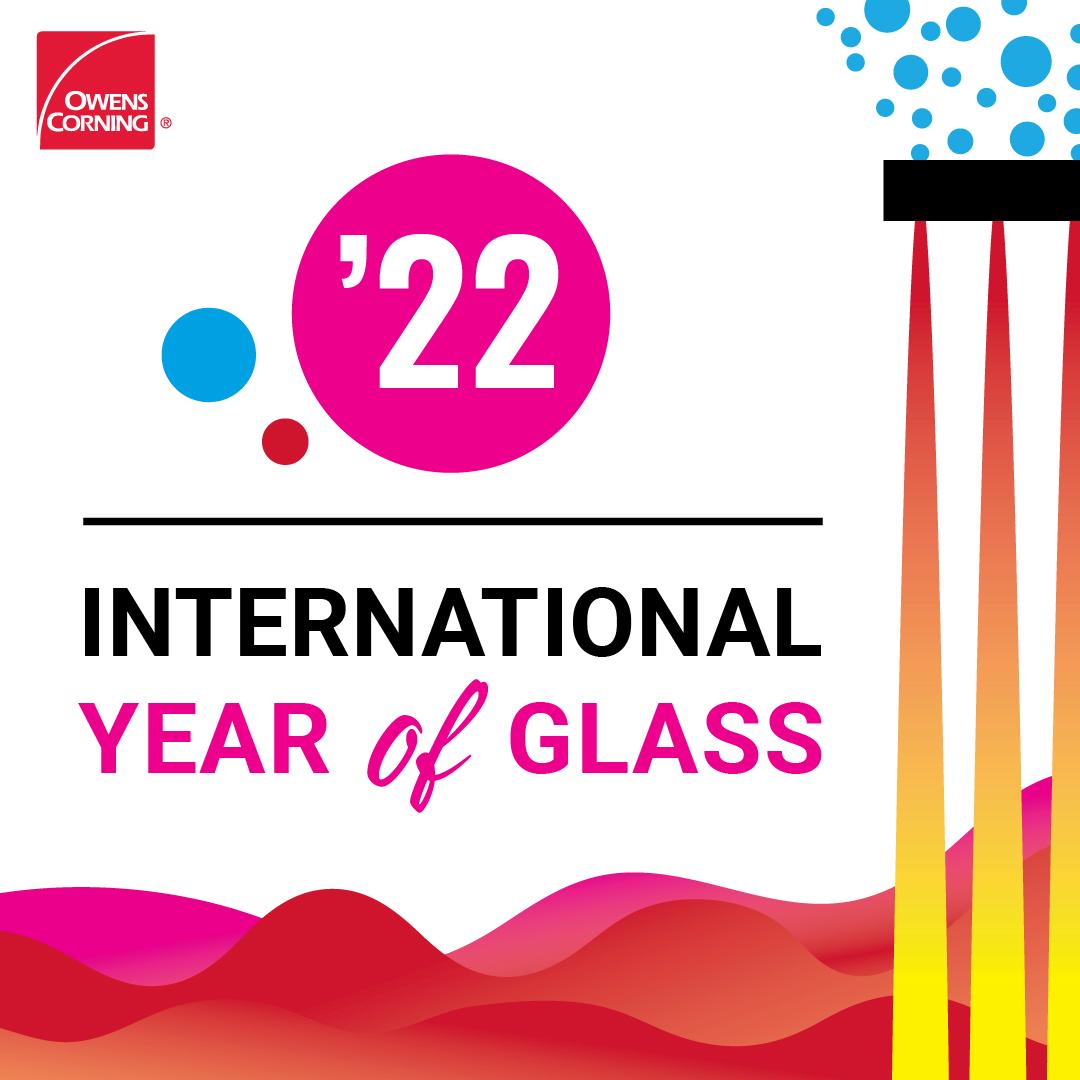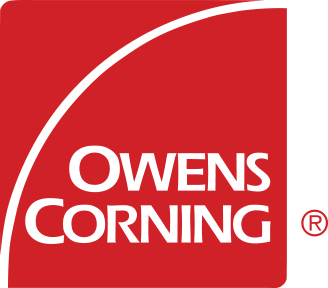International Year of Glass: Celebrating the Power of Glass

We’re thrilled the United Nations has designated 2022 as the International Year of Glass. As a company founded on glass innovation, we see both the practicality and the beauty of glass—in fact, it’s hard to separate the extraordinary duality of such a versatile and durable material. It’s truly a material worth celebrating.
From ancient glass beads and drinking glasses to modern skyscrapers and high-tech materials, people have used glass to enhance the quality of life for millennia. The basic techniques for melting raw materials and forming objects were discovered before the written record of history begins. However, innovation in glass has never stopped, and we believe new forms and manufacturing techniques will continue to create new opportunities to harness the power of glass.
Our history of glass goes back to the 1930s, when researchers from Corning and Owens-Illinois made a key discovery. There were three key people associated with the invention of “commercial” glass fibers that gave rise to our company—Games Slayter, Jack Thomas and Dale Kleist. In short, Kleist accidentally discovered how to make the fibers, Thomas realized how the process could be commercialized, and Slayter recognized the functional opportunity for small-diameter, low-cost glass fibers—namely, thermal insulation. Their innovation led to the creation of a new, independent company: Owens Corning.
Our insulation and furnace filters were some of the first fiberglass products developed. Today, fiberglass is used in thousands of ways. It’s all around us, from building insulation and roofing shingles to products like ceiling tiles and acoustic panels, lightweight vehicles, reinforced roads and bridges, consumer goods, and wind turbine blades.
Through our 84-year history, our innovations in glass science have included new formulations for high-performance glass, new forms of insulation, new methods for producing glass products more sustainably, and glass-reinforced materials for an ever-increasing range of applications. Glass can be stronger and lighter than steel, and it doesn’t corrode or rot, and through innovations like ours, it can replace traditional materials in surprising ways. Using fiberglass mat under roofing shingles provides better water resistance. Glass-reinforced concrete helps bridges last longer, and because it is lighter, it is easier to transport and install. Used in wind blades, glass reinforcements make the blades longer, stronger, and lighter, which makes the turbines more efficient—and wind energy less costly.
Glass can be recycled over and over without losing quality, making it a great foundation material for the circular economy. Innovations we’re working on now include increasing the amount of recycled content in our products and designing our materials for reuse or recycling at the end of their intended use. Our PINK® fiberglass insulation contains anywhere from 53% - 73% recycled content, depending on the specific product, and in 2021 we used 1.4 billion pounds of recycled glass in our manufacturing. This is a good beginning, and an area of continuing improvement for us. We’re also collaborating with our customers and across the industry to solve technical challenges in deconstructing composite materials, so the glass used as an ingredient in other materials can be recovered and used again.
Someone once discovered that certain kinds of sand, melted at a high temperature, can become glass. That initial discovery opened the window for continuing innovation that has made glass one of the most important materials in modern life. At Owens Corning, our aspiration is to continue finding new and exciting ways to use the properties of glass to make the world a better place.

